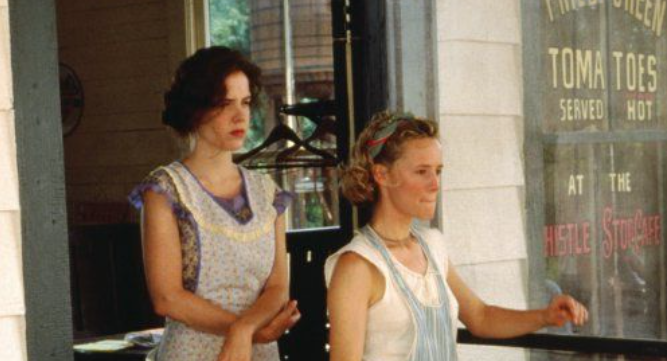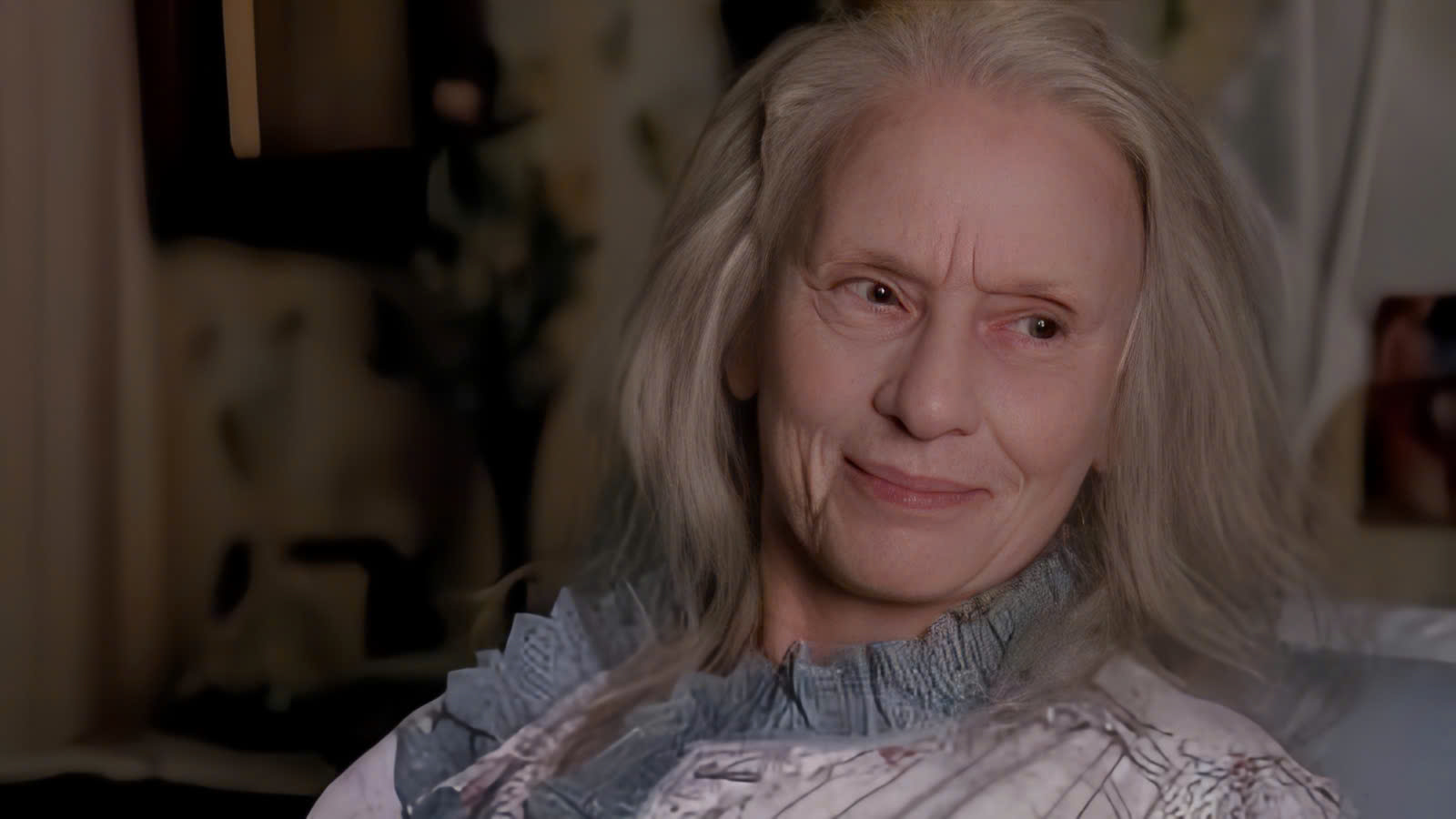
You may not remember every line of dialogue, but you remember the feeling. The warmth of a summer day in Whistle Stop. The ache of goodbye. The strength in defiance. And if you listen closely, you’ll hear it — not just in the words or performances, but in the music. In Fried Green Tomatoes, the score and soundtrack do more than accompany the story — they are the story’s undercurrent.
Let’s explore how music becomes the invisible thread that connects past and present, grief and joy, Ruth and Idgie, Evelyn and Ninny.
🎻 A Score That Speaks When Words Fail
Thomas Newman, the film’s composer, crafts a score that is both hauntingly nostalgic and emotionally intimate. Using piano, strings, and gentle ambient tones, Newman creates a soundscape that:
-
Reflects the Southern setting without relying on clichés.
-
Enhances emotional beats — like Ruth’s letter, Buddy’s death, or Evelyn’s transformation.
-
Fills silences with resonance, reminding us that sometimes, healing begins in quiet.
Rather than using dramatic cues, Newman opts for subtle melodies — like whispered memories passed from one generation to another.
📻 Songs as Time Machines

The film also weaves in era-specific songs that anchor us in the 1920s and 1930s — the golden age of jazz, gospel, and folk music. Songs like:
-
“Ghost Train” by Marc Bonilla
-
“What Becomes of the Brokenhearted” by Paul Young (used in the end credits)
These aren’t just nostalgic add-ons — they are chosen for emotional texture. Each piece tells us:
-
Where we are in time.
-
How a character feels.
-
What kind of world they’re trying to escape or create.
Music becomes a shortcut to the soul, bypassing exposition and going straight to emotion.
🎤 Idgie’s World: Jazz, Grit, and Rebellion
When Idgie is onscreen, the music often shifts — to something more playful, unpredictable, sometimes even ragged. Her world is one of challenge and freedom, and the soundtrack responds with:
-
Syncopated rhythms.
-
Bluesy undertones.
-
Improvised structures.
The music mirrors her spirit: unfiltered, alive, and defiant.
💔 Ruth’s Melodies: Soft, Lyrical, Wistful
In contrast, scenes involving Ruth tend to have melodic, soothing themes — rooted in warmth, sadness, and longing. This juxtaposition:
-
Highlights the emotional balance between Ruth and Idgie.
-
Makes Ruth’s death all the more devastating — because her music fades with her.
-
Allows the viewer to feel her presence even after she’s gone.
Her musical themes linger like the scent of magnolia after a storm — beautiful and heavy.
👂 Evelyn’s Arc in the Music
At the beginning of the film, Evelyn’s life is almost music-less — scenes are quiet, sterile, and void of sonic identity. But as she transforms, so does her soundtrack:
-
We hear stronger motifs.
-
The tempo quickens.
-
Harmonies build with her confidence.
By the end, Evelyn has a musical presence in the story — not just as an observer, but as a woman in motion, reclaiming rhythm in her own life.
🔁 Music as a Bridge Between Worlds
More than any line or visual, it’s the music that binds the past to the present. When Ninny tells her stories, it’s the score that:
-
Softens transitions.
-
Merges two timelines into one heartbeat.
-
Connects Evelyn to women she never met but somehow deeply knows.
In this way, Fried Green Tomatoes says something profound: healing isn’t loud. Sometimes, it’s just a note you didn’t know you needed to hear.
